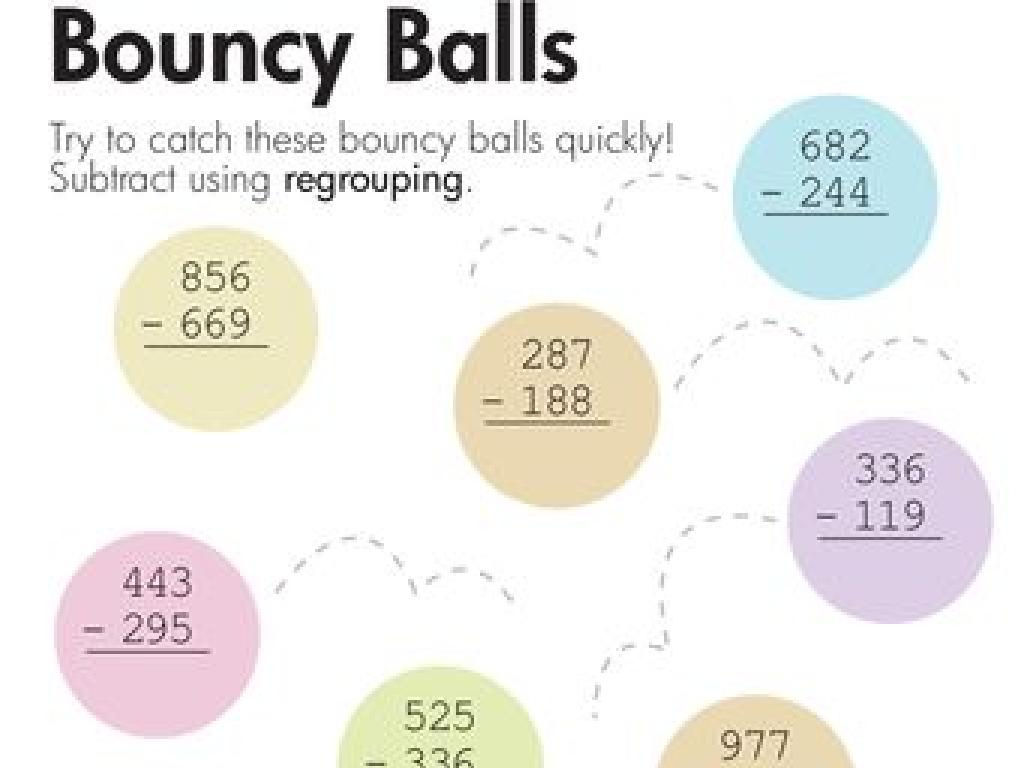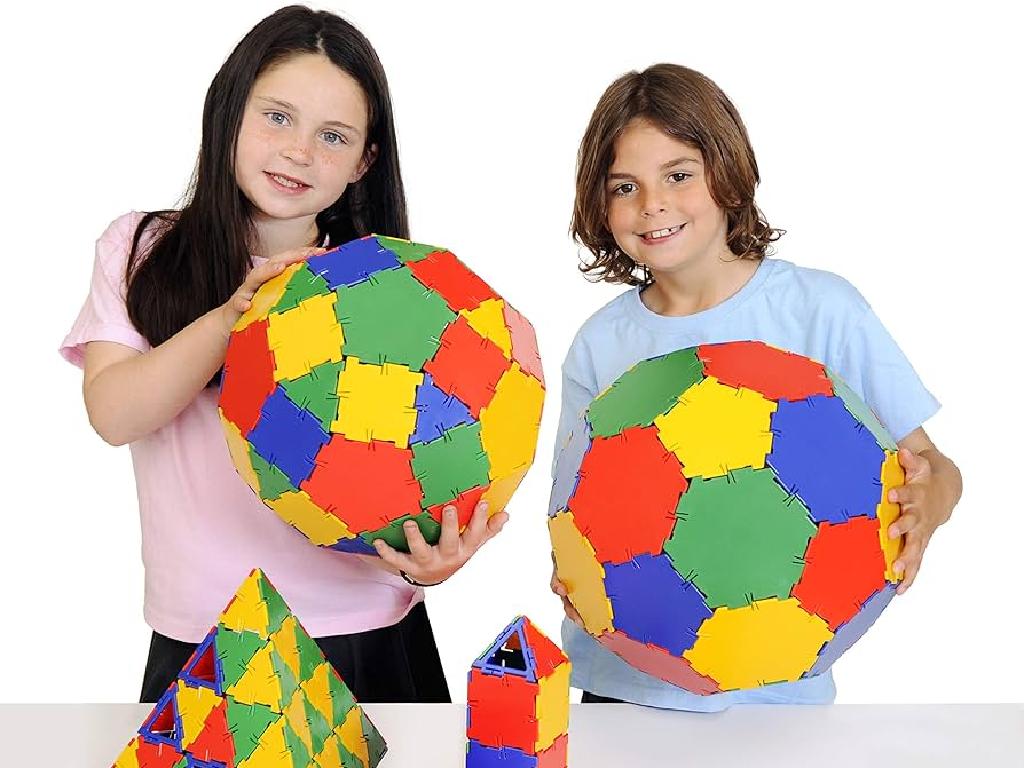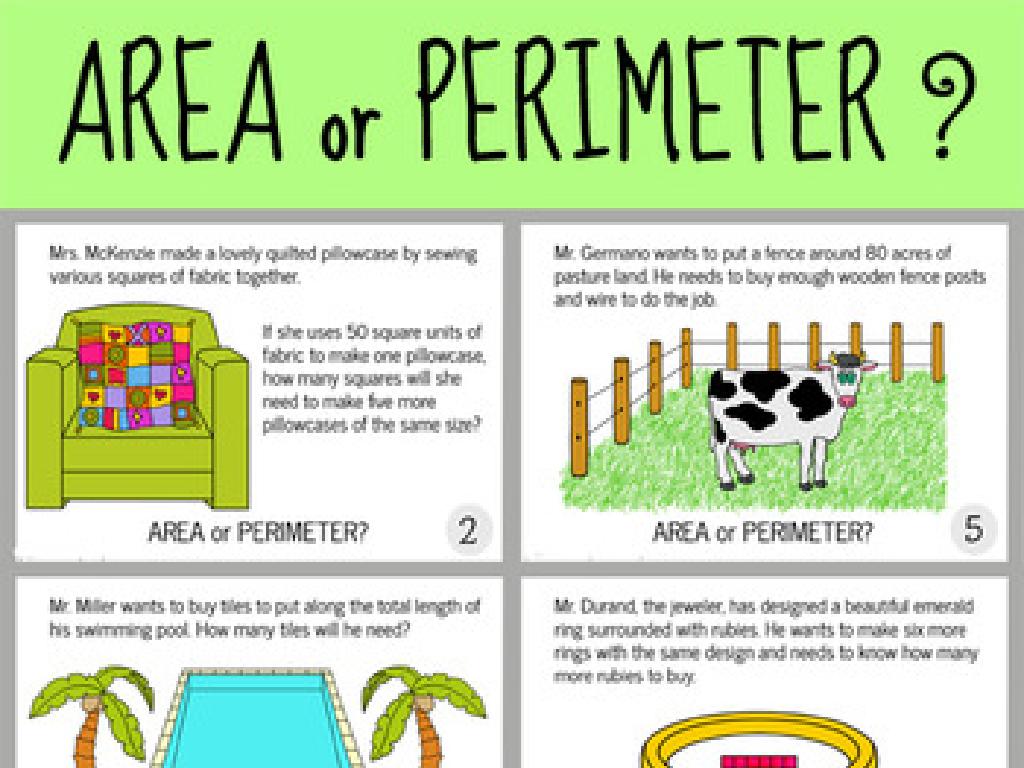Name Countries Of Europe: Region 3
Subject: Social studies
Grade: Seventh grade
Topic: Europe: Geography
Please LOG IN to download the presentation. Access is available to registered users only.
View More Content
Exploring Europe: Region 3 Countries
– Europe’s diverse geography
– Countries in Region 3
– Examples: Italy, Greece, and Croatia
– Significance of regional study
– Understanding regions helps grasp Europe’s complexity
– Cultural and historical richness
– Region 3’s history shapes European culture
|
This slide introduces students to the geographical diversity of Europe, with a focus on Region 3. It’s important to highlight the variety of landscapes, climates, and natural resources found across Europe. For Region 3, students should learn the specific countries that make up this area, such as Italy, Greece, and Croatia, among others. Emphasize the importance of studying Europe by regions to understand the continent’s intricate political, cultural, and historical complexities. Discuss how Region 3’s rich cultural heritage and historical events have contributed to the broader European and global tapestry. Encourage students to explore these countries’ unique features and their roles in European history.
Exploring Europe: Region 3
– Locate Region 3 on the map
– Enumerate countries in Region 3
– Countries like Italy, Greece, and Croatia
– Discuss cultural diversity
– Varied traditions, languages, and histories
– Explore geographical diversity
– From the Alps to the Mediterranean coast
|
This slide aims to introduce students to Region 3 of Europe, which includes countries known for their rich cultural and geographical landscapes. Start by showing where Region 3 is located on the European map. Highlight key countries such as Italy, Greece, and Croatia, and discuss their unique features. Emphasize the cultural diversity by mentioning different languages, cuisines, and historical backgrounds. Explore the geographical diversity by discussing the varying landscapes, from mountain ranges like the Alps to the beautiful Mediterranean coastlines. Encourage students to think about how geography might influence culture and vice versa. This will set the stage for a deeper understanding of the interconnectedness of Europe’s geography and cultural identity.
Exploring Europe: Geography of Region 3
– Region 3’s major mountains
– The Alps and Pyrenees dominate the landscape
– Rivers and lakes in Region 3
– The Danube and Rhine rivers, Lake Geneva
– Climate and natural resources
– Varied climates from alpine to temperate, rich in minerals
– Geography’s impact on life
– Geography influences agriculture, settlement patterns, and culture
|
This slide aims to provide students with an understanding of the physical geography of Europe’s Region 3, which includes the major mountain ranges such as the Alps and Pyrenees, important rivers like the Danube and Rhine, and significant lakes such as Lake Geneva. Discuss the varied climates found in this region, from alpine to temperate, and the natural resources, particularly mineral wealth. Highlight how the geography of Region 3 shapes the daily life of its inhabitants, affecting agriculture, where people choose to live, and cultural practices. Encourage students to think about how living near a major mountain range or river might influence their own lives, drawing parallels to familiar locations when possible.
Cultural Highlights of Europe: Region 3
– Landmarks and historical sites
– Eiffel Tower, Colosseum, Acropolis, etc.
– Languages of Region 3
– French, Italian, Greek, among others
– Festivals and traditions
– Oktoberfest, Running of the Bulls, Carnival of Venice
|
This slide aims to introduce students to the rich cultural tapestry of Europe’s Region 3. Highlight the significance of famous landmarks like the Eiffel Tower in France, the Colosseum in Italy, and the Acropolis in Greece, which are not only tourist attractions but also symbols of historical and architectural importance. Discuss the diversity of languages spoken in this region, including French, Italian, and Greek, emphasizing the cultural identity and heritage they represent. Explore cultural festivals such as Germany’s Oktoberfest, Spain’s Running of the Bulls, and Italy’s Carnival of Venice, which showcase the unique traditions and celebrations of each country. Encourage students to research more about these cultural aspects and reflect on the importance of preserving such heritage.
Economic Activities in Europe: Region 3
– Agriculture, industry, and services overview
– Region 3’s economy includes farming, manufacturing, and services like tourism.
– Trade and cooperation between nations
– Countries in Region 3 often trade goods and work together economically.
– Geography’s influence on economy
– Mountains, rivers, and climate affect what jobs are available and what goods are produced.
– Case study: A Region 3 country
– Example: Examining how Italy’s economy is shaped by its geography.
|
This slide aims to give students an understanding of the various economic activities within Europe’s Region 3, which includes diverse countries such as Italy, Greece, and others. Emphasize how agriculture, industry, and services contribute to the economy. Discuss the importance of trade and economic cooperation in the region, highlighting the European Union’s role. Explain how physical geography, including natural resources and terrain, influences economic decisions and development. Use a case study of a specific country, such as Italy, to illustrate these concepts in a tangible way. Encourage students to think about how geography can impact the economy of their own region or state.
Exploring Europe: Region 3 Countries
– Interactive map exploration
– Mark capital cities
– Locate and label capitals like Budapest, Vienna, Prague
– Discover country facts
– Learn unique cultural, historical, and geographical facts
– Engage with geography
– Use tools to zoom, pan, and learn more about each country’s location and neighbors
|
This slide is designed to be an interactive activity where students will use an online map tool to explore the countries of Europe, specifically Region 3. They will identify and mark the capital cities of each country, such as Budapest for Hungary, Vienna for Austria, and Prague for the Czech Republic. Additionally, they will research and note down interesting facts about each country, which may include cultural traditions, historical events, or geographical features. The activity aims to engage students with the geography of Europe in an interactive way, enhancing their understanding of the region’s layout and the relationship between countries. Teachers should prepare by ensuring access to a reliable interactive map tool and provide guidance on how to use it effectively. They should also be ready to facilitate discussion and share additional insights into each country’s unique characteristics.
Class Activity: Explore Region 3 of Europe
– Form small research groups
– Select a Region 3 country
– Research geography, culture, economy
– Look into physical features, traditions, and financial systems
– Prepare a group presentation
– Use visuals and facts in your presentation
|
This activity is designed to foster teamwork and enhance research skills as students delve into the specifics of a European country in Region 3. Divide the class into groups of 3-4 students and have each group pick a country like Italy, Greece, or Spain. They should focus on understanding the country’s physical geography, cultural practices, and economic structure. Encourage them to use library resources or the internet to gather accurate information. Each group will prepare a short presentation to share their findings with the class. This will not only educate them about different European countries but also help them develop public speaking and presentation skills. Possible activities can include creating a poster, a PowerPoint presentation, or even a mock interview with a ‘citizen’ from the selected country.
Wrapping Up: Europe’s Geography
– Recap of Europe: region 3
– Homework: Paragraph on geography’s importance
Consider trade, culture, and history in your explanation.
– Next class: Europe’s Global Role
Think about Europe’s political, economic influence.
– Reflect on today’s learning
|
As we conclude today’s lesson on the countries of Europe’s region 3, students should reflect on the key points discussed. For homework, they are tasked with writing a paragraph on the significance of understanding Europe’s geography, considering aspects such as trade routes, cultural exchanges, and historical events that have shaped the continent. This exercise will help them grasp the practical implications of geographical knowledge. Looking ahead, students should prepare for the next class on ‘Europe’s Role in Global Affairs’ by thinking about how geography influences political and economic interactions on a global scale. Encourage them to bring their thoughts and questions to the next class for a lively discussion.






